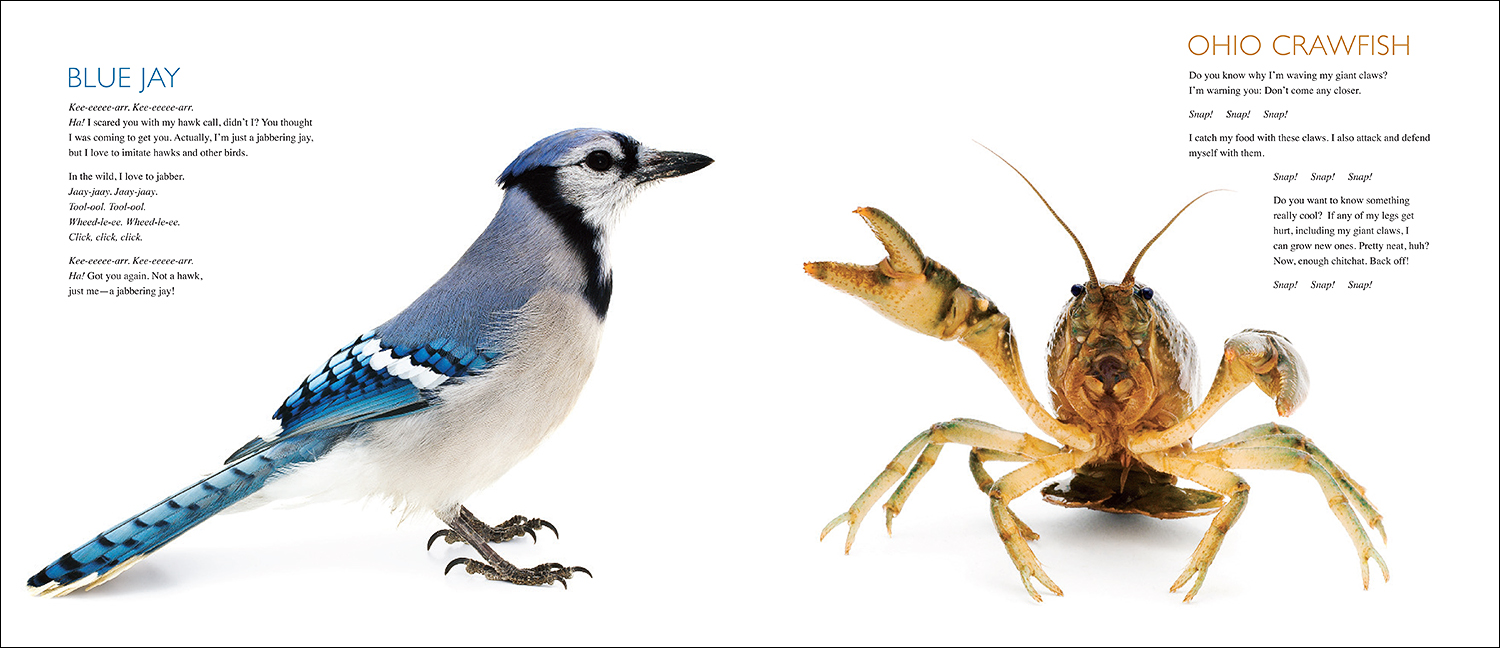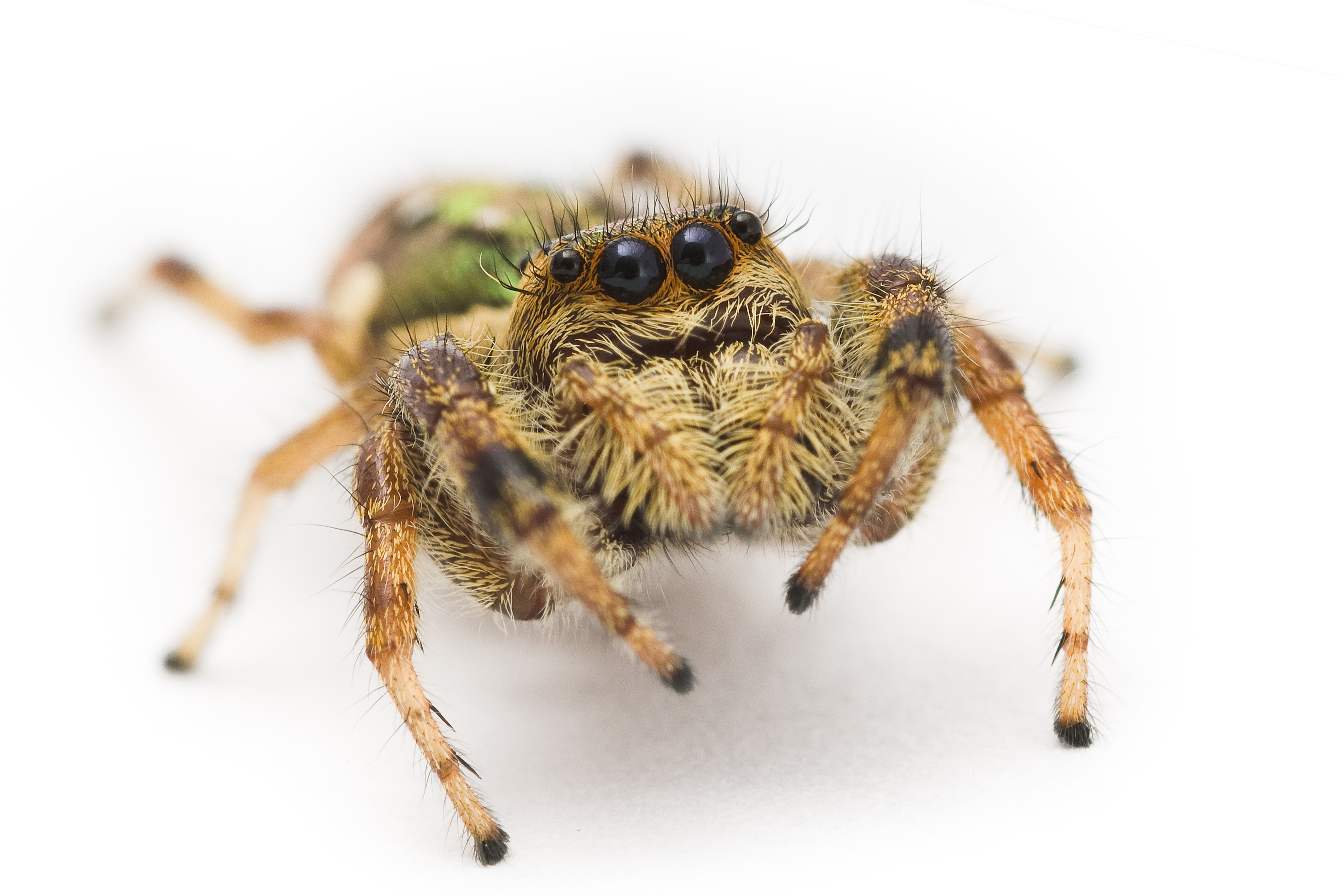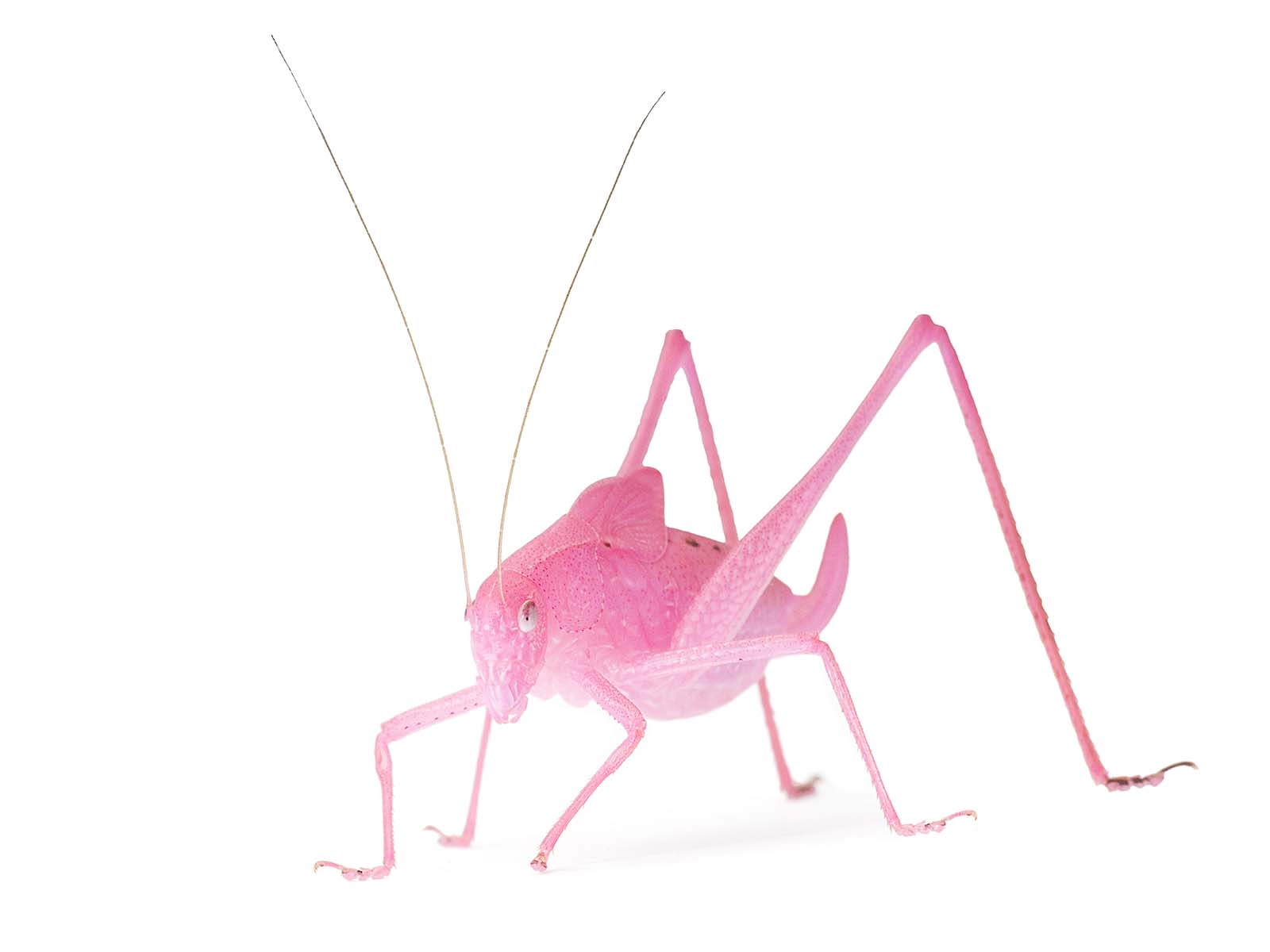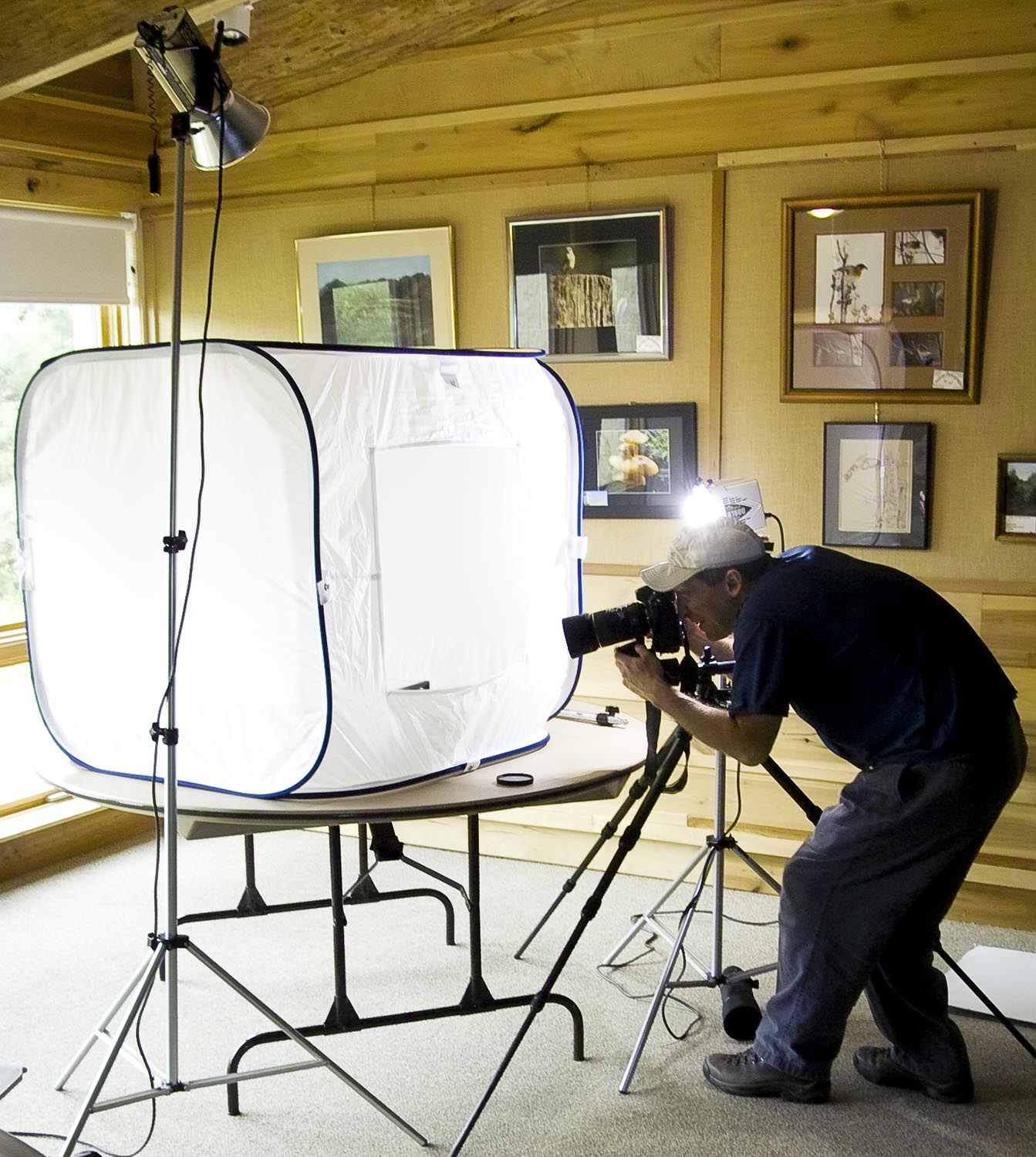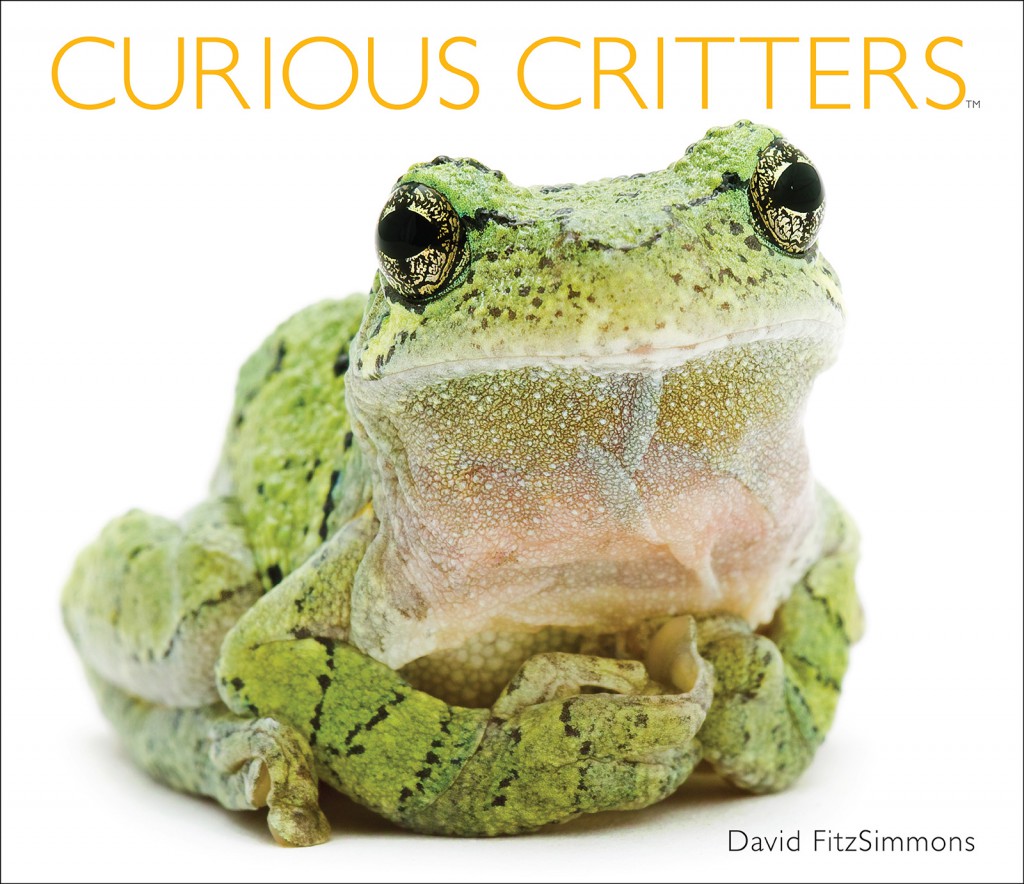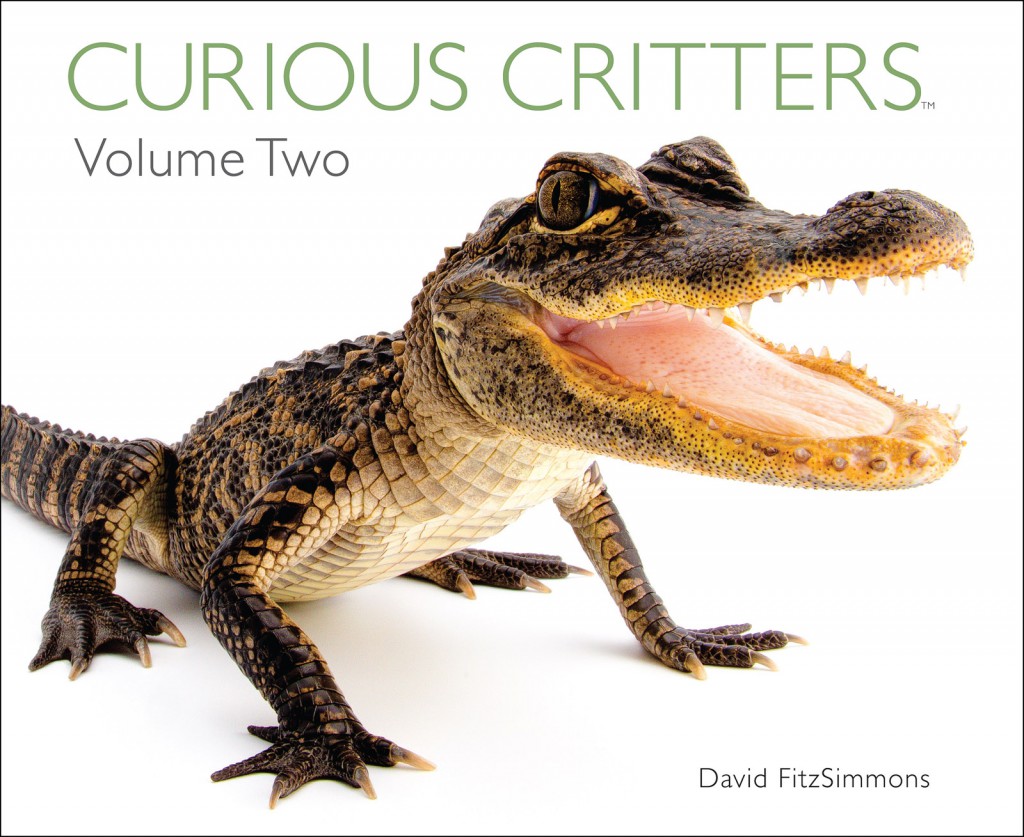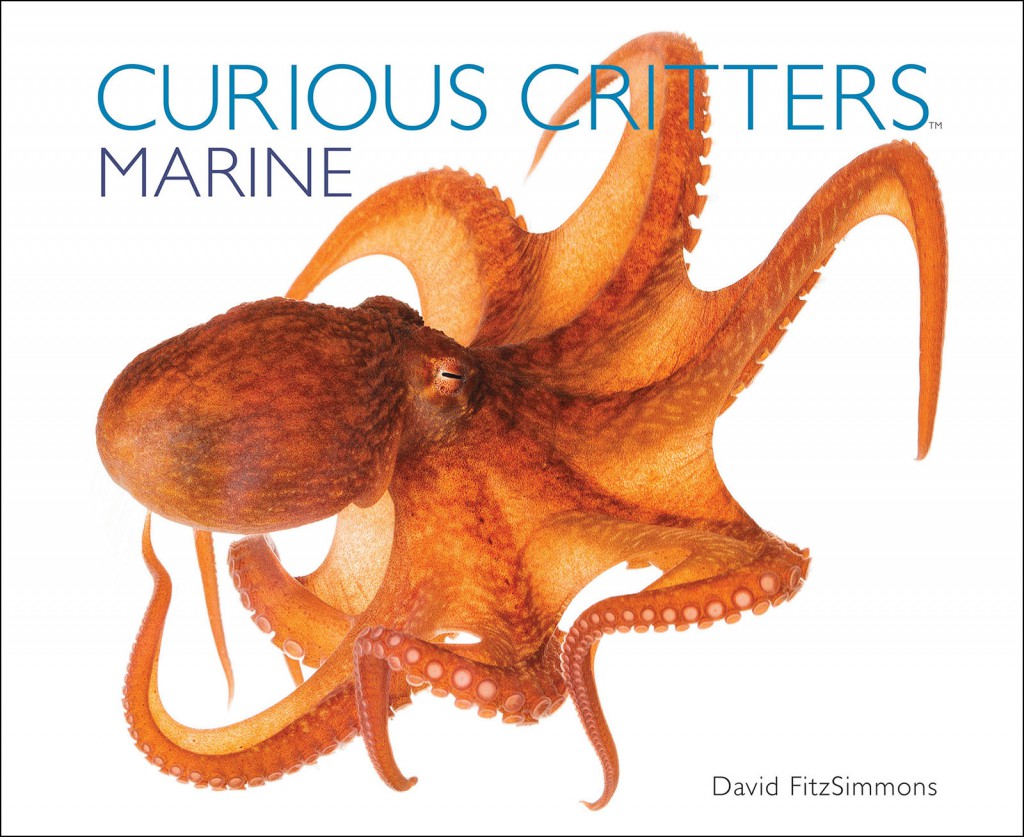A nationwide movement is underway to connect children with nature. After best-selling author Richard Louv (Last Child in the Woods and The Nature Principle) applied the term “nature deficit disorder” to kids suffering from a lack of outdoor play time, parents, community leaders, researchers, politicians, and a whole host of other constituents have focused their energies on making sure that children are getting to spend plenty of time in the natural world.
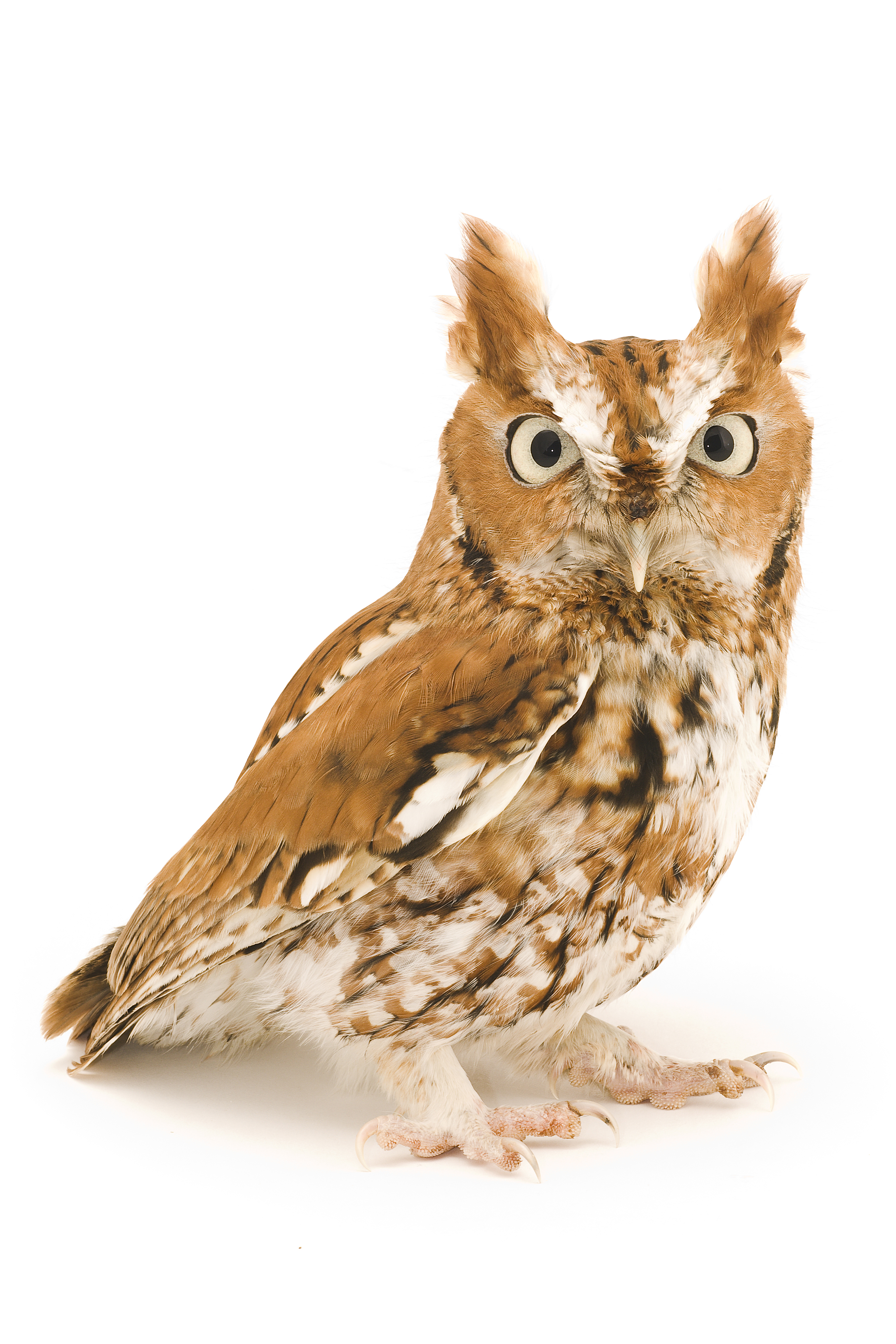 My small part in the Children & Nature movement involves photographing, writing, and publishing books in my CURIOUS CRITTERS series. In my photographic series, I focus on common North American animals, bringing viewers eye-to-eye with all kinds of creatures that may be found everyday right in our own backyards: songbirds, frogs, insects, spiders, rabbits, and similar smaller fauna.
My small part in the Children & Nature movement involves photographing, writing, and publishing books in my CURIOUS CRITTERS series. In my photographic series, I focus on common North American animals, bringing viewers eye-to-eye with all kinds of creatures that may be found everyday right in our own backyards: songbirds, frogs, insects, spiders, rabbits, and similar smaller fauna.
My photographic approach is tuned to affective responses. Since my primary audience for the CURIOUS CRITTERS nonfiction children’s’ picture books is ages 2 to 8 years old, I try, first and foremost, to get kids excited about nature instead of forcing lots of facts and concepts onto them or pushing them into the conservation-politics milieu.
When it comes to what subjects to focus on, I turn to research: animals occupy up to 90% of the dreams of youngsters, so I have chosen to photograph unique looking creatures… not endangered mega fauna, but rather interesting animals kids can see everyday:
- Blue Jay
- Northern Cardinal
- Great Horned Owl
- Eastern Cottontails
- Virginia Opossum
- Nine-Banded Armadillo
- Southern Flying Squirrel
- Monarch Butterfly
- Inchworm
- Green Frog
- Gray Treefrog
- Spotted Salamander
- Jumping Spider
- Eastern Box Turtle
- Sidewinder
Now, not every one of these may be common in your neck o’ the woods, but they are all easily found in certain parts of North America. The idea is that getting children to appreciate and protect nature starts with helping them making emotional connections with nature that is readily accessible, every day.
Photographically, I almost always shoot from eye level. This builds the affective response as humans are greatly dependent upon eye contact; A deeper reason, however, lies behind this perspective. I hope to show that we are not above the animals. Often we view animals from a up high, both physically above them and philosophically believing that we are “above” them. By bringing viewers eye-to-eye with the critters—often from ground level—it keeps us all on the same level.
I should note that all of the animals in this CURIOUS CRITTERS series are live subjects, and none have been sedated. Many are education animals that reside at nature centers, zoos, aquariums, and other conservation-minded facilities. Habituated animals are easier to work with. Moreover, pursuing projects along with nature-related organizations allows us to help each other. Such organizations provide me with animals to photograph, and I supply them with images for their education and promotional needs. Some of the groups that I have worked with include the following:
- Alaska SeaLife Center
- Ashland University
- Back to the Wild Wildlife Rehabilitation Center
- Brukner Nature Center
- Gorman Nature Center
- Jacksonville Zoo and Gardens
- Maritime Gloucester
- Mote Marine Laboratory and Aquarium
- Ohio Bird Sanctuary
- Toledo Zoo
- Tom Ridge Environmental Center
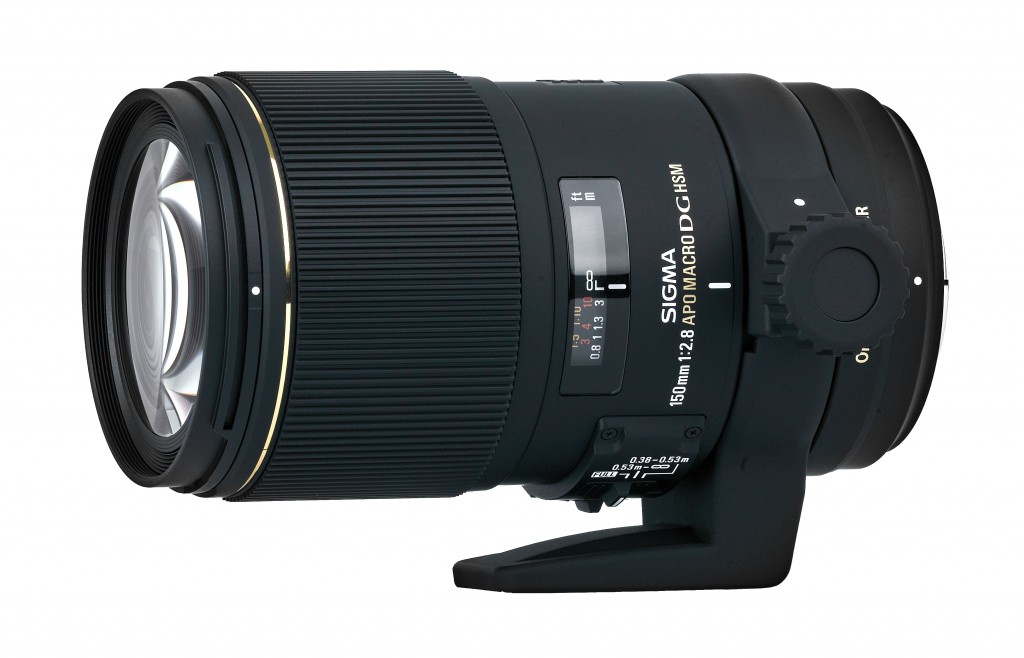 All of the images in my CURIOUS CRITTERS series have been shot with Sigma lenses. My two favorite lenses to for close-ups are the Sigma 150mm F2.8 EX DG OS HSM APO Macro and the Sigma 105mm F2.8 EX DG OS HSM Macro. The glass in these 1:1 macros is unbelievably sharp, allowing me to resolve amazing details in my close-up photographs, thereby revealing aspects of these animals few people over get to see.
All of the images in my CURIOUS CRITTERS series have been shot with Sigma lenses. My two favorite lenses to for close-ups are the Sigma 150mm F2.8 EX DG OS HSM APO Macro and the Sigma 105mm F2.8 EX DG OS HSM Macro. The glass in these 1:1 macros is unbelievably sharp, allowing me to resolve amazing details in my close-up photographs, thereby revealing aspects of these animals few people over get to see.
Here I am taking my very first shots in the CURIOUS CRITTERS series. While I have changed a few things over the course of producing the series, the basic setup for most of the animals portraits ahs stayed the same. © 2011 Michael FitzSimmons. All rights reserved.
All of the images in the CURIOUS CRITTERS series have been produced with Sigma lenses, and many have been taken with Sigma cameras and other Sigma equipment. To this end, Sigma has sponsored traveling exhibits of the CURIOUS CRITTERS images. These have been exhibited in art galleries, libraries, camera stores, and nature centers from all across North America. One special exhibit opened last year in the Children’s Museum Seattle, and another exhibit resides in a children’s camp facility allied with the National Center for Nature Photography
Besides Sigma macro lenses—and a few zooms—other equipment that I use for shoots include Lastolite light tents and light panels, Dynalite strobes, Gitzo tripods, and Hoodman flash cards. I process all my images using two NEC PA 301W 30” displays, and I project them for audiences using an NEC NP610 projector. The traveling CURIOUS CRITTERS exhibits are printed on Red River Paper. Suffice it to say that I have developed partnerships with these environmentally-minded companies, which only helps to increase the opportunities to spread the word about connecting children with nature.
The last piece in the CURIOUS CRITTERS puzzle is publishing. While I believed that a major publisher would pick up my book projects, I chose to control the design, printing, and marketing of the products myself. I started Wild Iris Publishing, which consists of a dream team of top level publishing pros. The team’s pedigree includes designers, editors, publicists, printers, and other specialists with experience ranging form Sierra Club Books and Chronicle Books to Charles Schulz, Inc. and George Lucas Films, not to mention working on books by Dan Brown and others in the Chicken Soup for the Soul series.
CURIOUS CRITTERS – Volume One was released in November 2011. It sold out 5,000 copies in four months, won five national book awards, was picked up by Scholastic Book Fairs and the Scholastic Book Club, and to-date has sold over 90,000 copies.
CURIOUS CRITTERS – Volume Two was released on February 2, 2014. It features 19 common North American animals, including Eastern cottontails, a striped skunk, a monarch butterfly, a nine-banded armadillo, and a sidewinder, among other incredible creatures. © 2013 David FitzSimmons. All rights reserved.
CURIOUS CRITTERS: Marine will be released in the Fall 2014. It features common marine animals from the Atlantic and Pacific oceans as well as the Gulf of Mexico. © 2013 David FitzSimmons. All rights reserved.
To see more CURIOUS CRITTERS images, visit www.curious-critters.com, where you can order signed and dedicated copies of all the books in the series.
